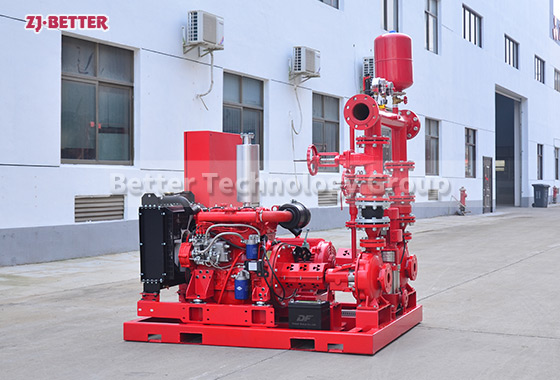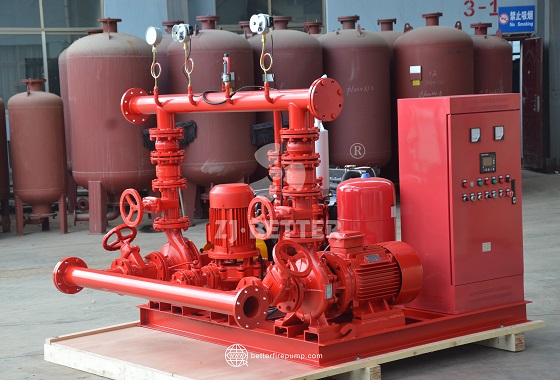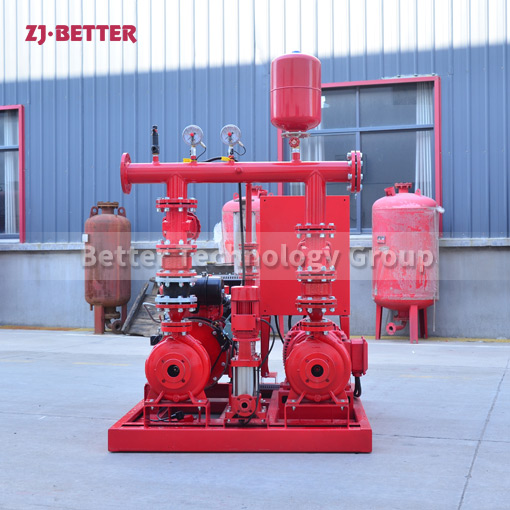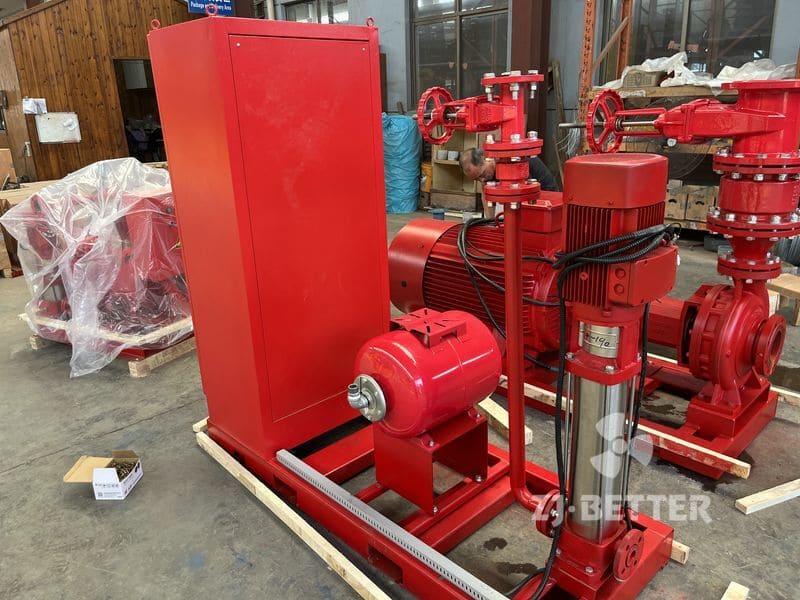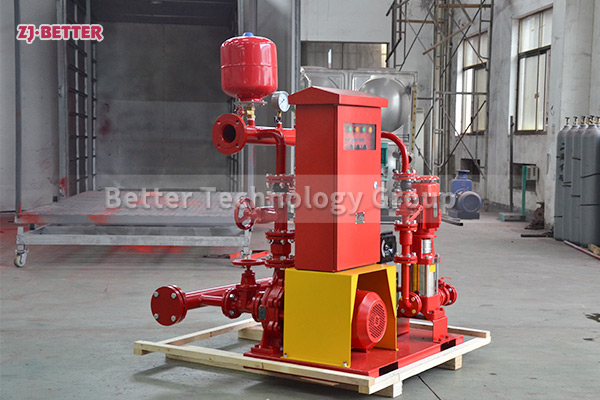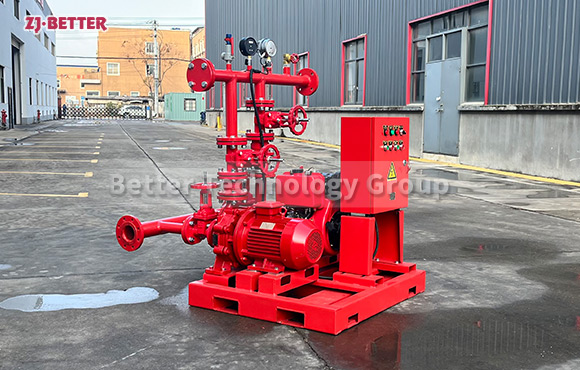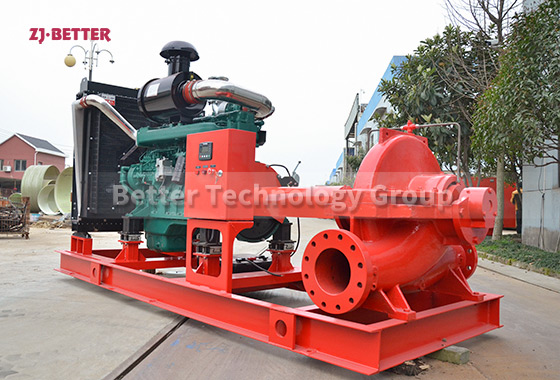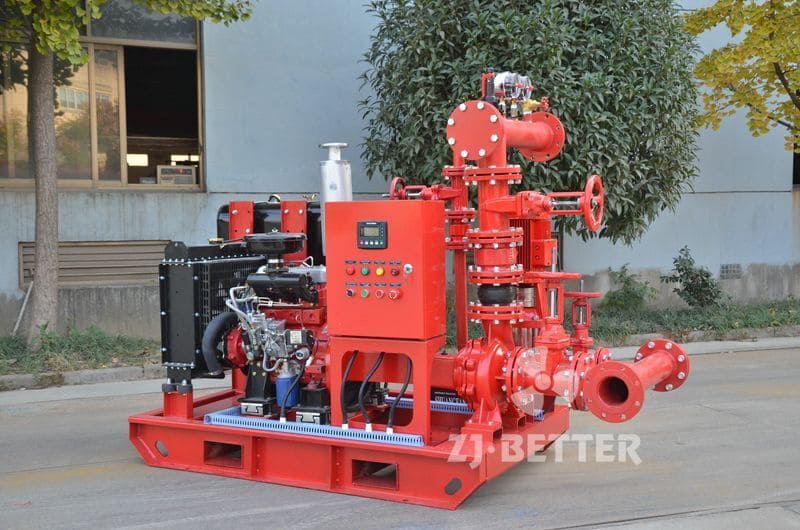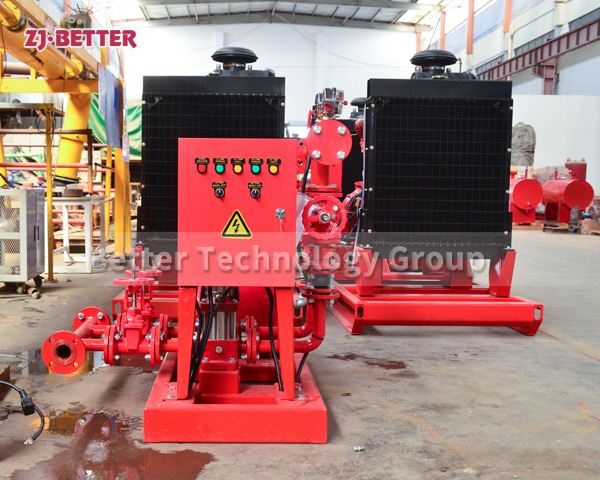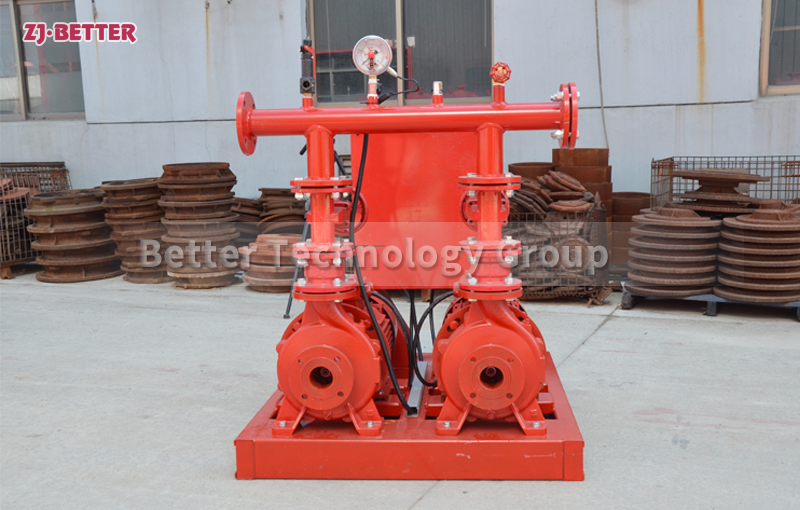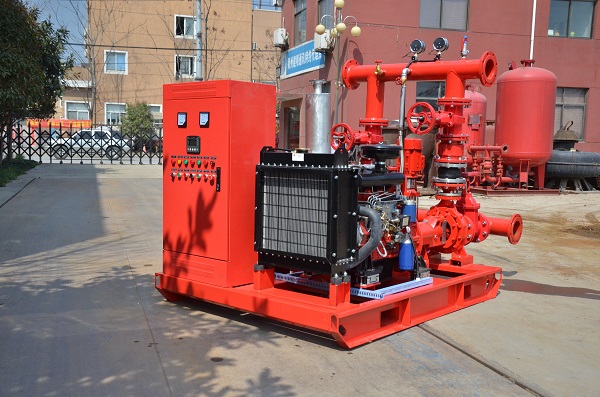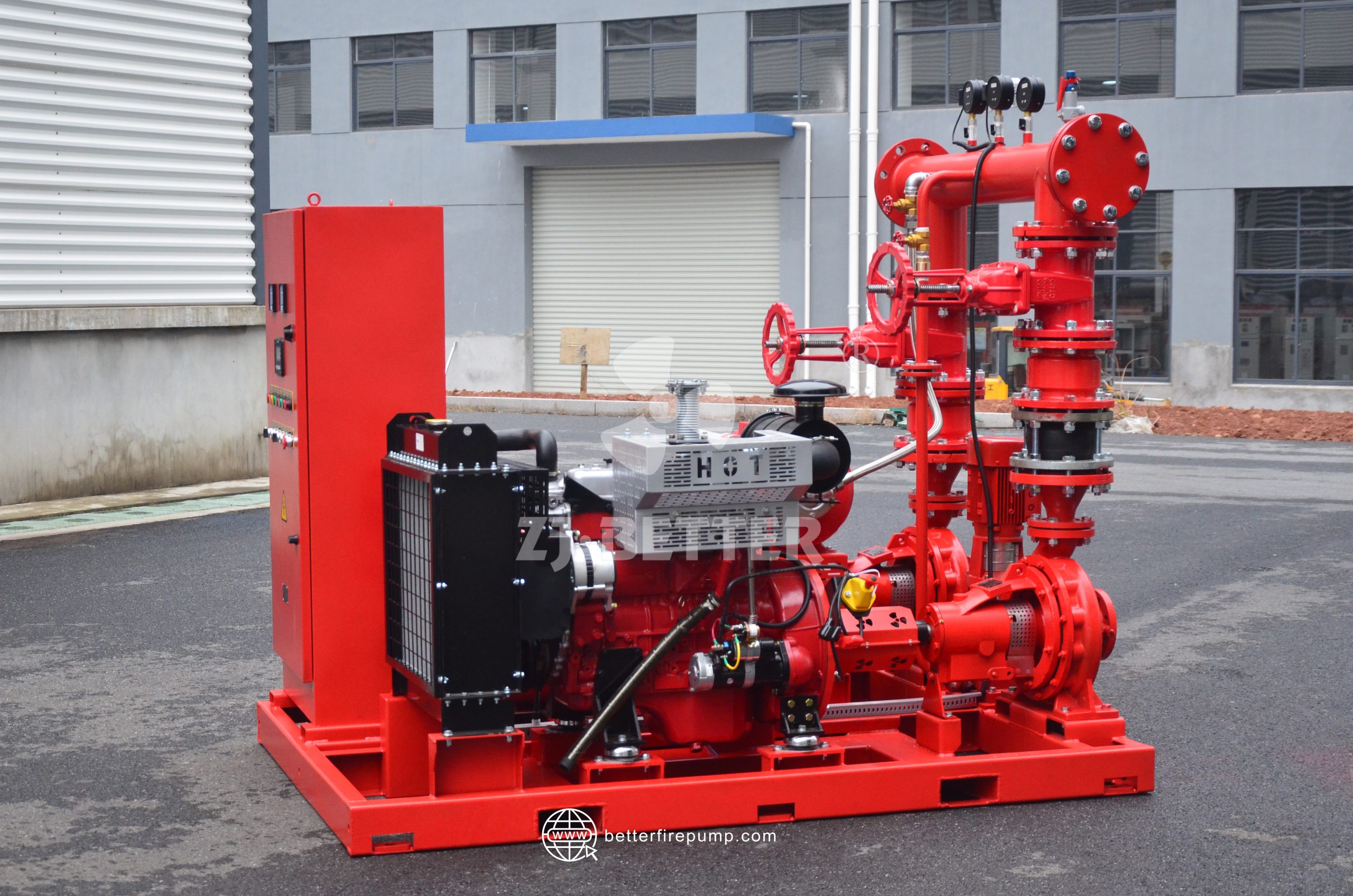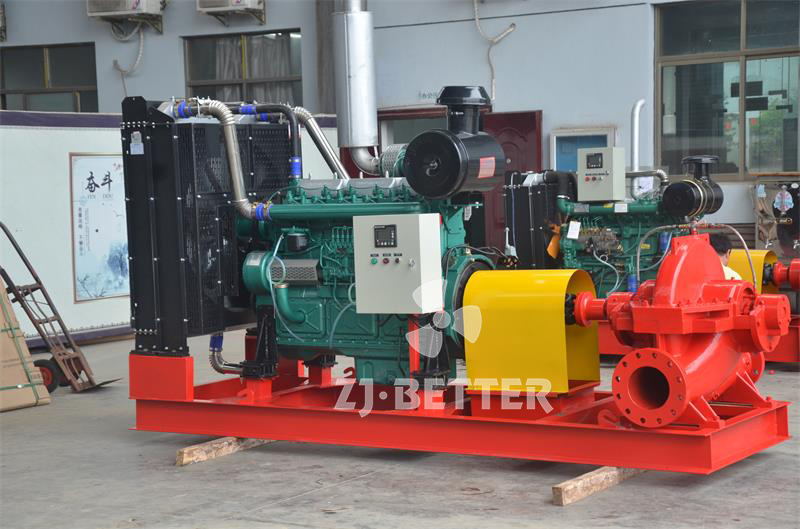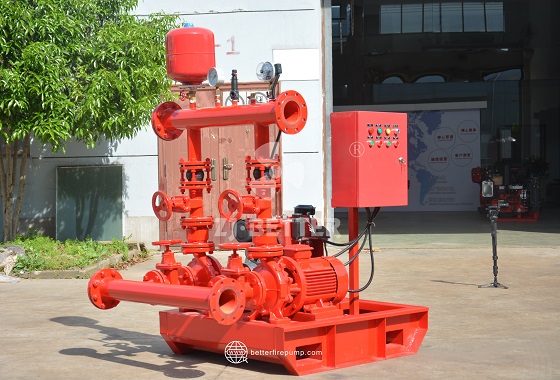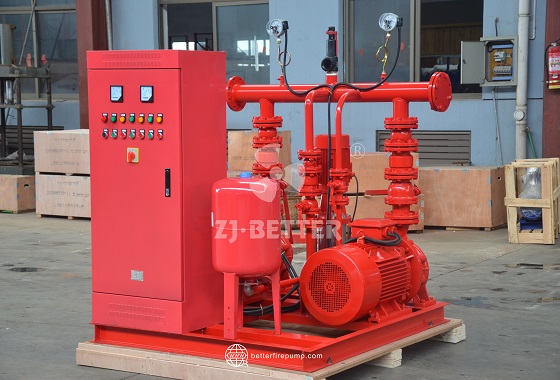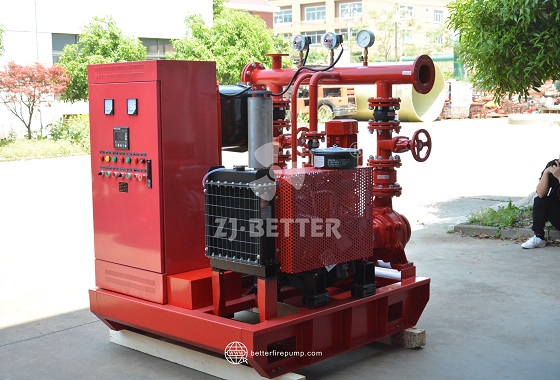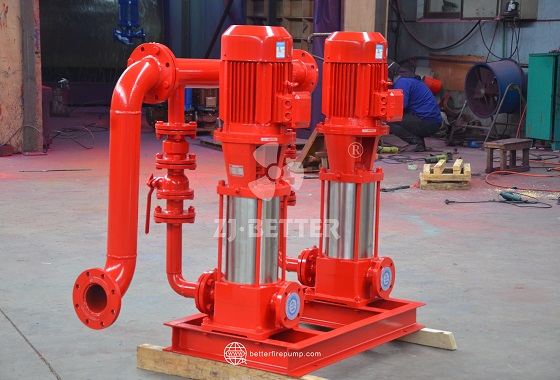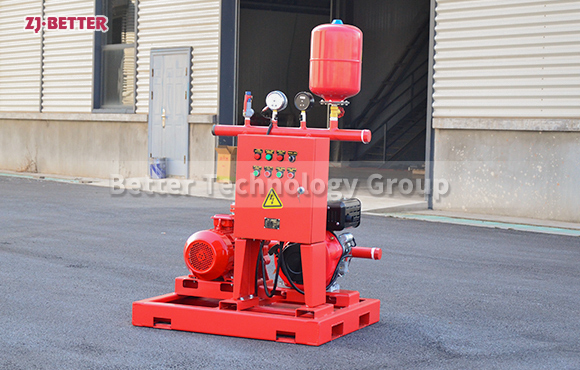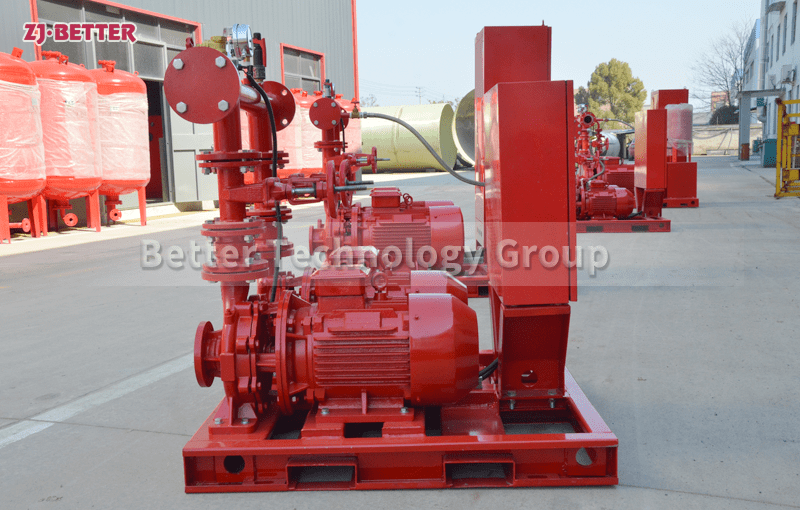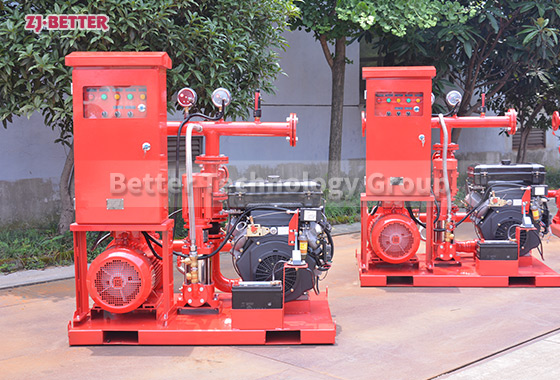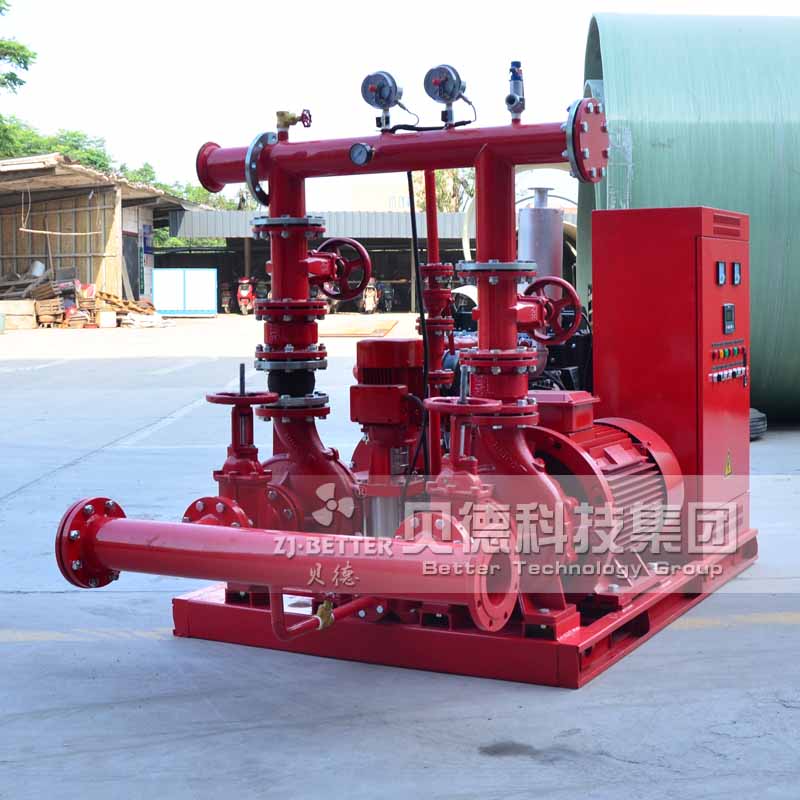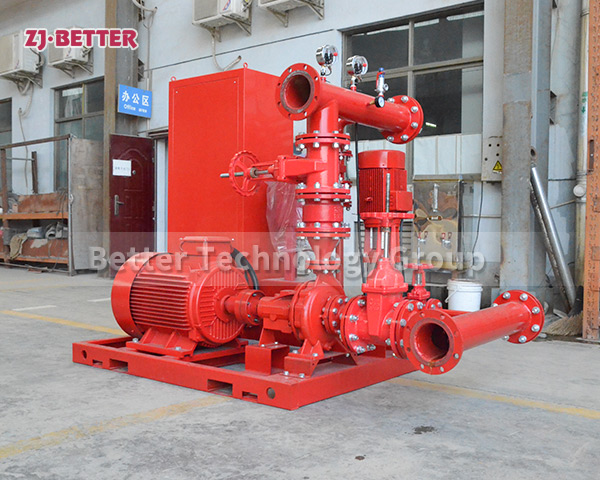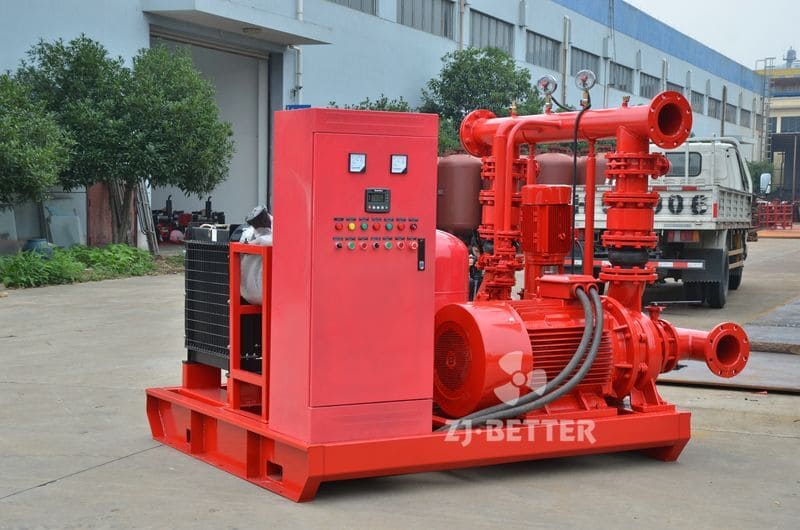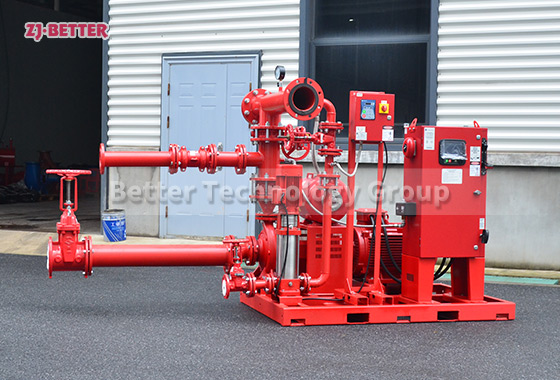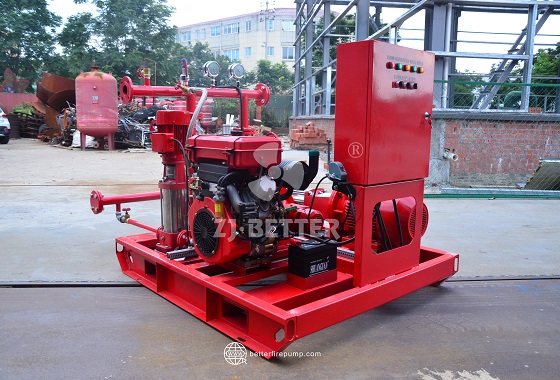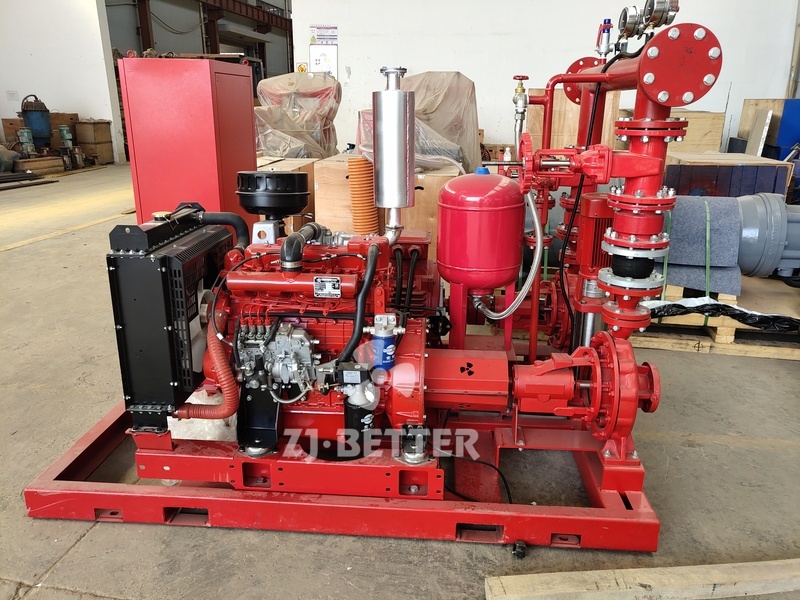How do fire pumps support the fire safety of large public events, such as festivals and outdoor concerts?
Large public events, such as festivals, outdoor concerts, and sporting events, often occur in temporary or open-air settings that lack the built-in fire safety infrastructure of permanent venues. Fire pumps are crucial for providing water pressure to portable fire suppression systems, such as temporary sprinklers, hydrants, or foam systems. Jockey pumps help maintain consistent pressure, ensuring that the system is ready to respond quickly to any fire emergencies. In these temporary setups, fire pumps may need to draw water from nearby reservoirs, lakes, or portable water tanks, requiring flexibility and adaptability in their design. Since large crowds can complicate evacuation efforts, fire pumps play a vital role in controlling fires quickly and limiting their spread, minimizing risks to attendees. Event organizers must coordinate with fire safety professionals to ensure that fire pumps are properly set up, tested, and maintained throughout the duration of the event. Furthermore, regular safety drills and the presence of trained staff on-site help ensure that fire protection systems, including pumps, are ready to function effectively in emergency situations.
Large public events, such as festivals, outdoor concerts, and sporting events, often occur in temporary or open-air settings that lack the built-in fire safety infrastructure of permanent venues. Fire pumps are crucial for providing water pressure to portable fire suppression systems, such as temporary sprinklers, hydrants, or foam systems. Jockey pumps help maintain consistent pressure, ensuring that the system is ready to respond quickly to any fire emergencies. In these temporary setups, fire pumps may need to draw water from nearby reservoirs, lakes, or portable water tanks, requiring flexibility and adaptability in their design. Since large crowds can complicate evacuation efforts, fire pumps play a vital role in controlling fires quickly and limiting their spread, minimizing risks to attendees. Event organizers must coordinate with fire safety professionals to ensure that fire pumps are properly set up, tested, and maintained throughout the duration of the event. Furthermore, regular safety drills and the presence of trained staff on-site help ensure that fire protection systems, including pumps, are ready to function effectively in emergency situations.


